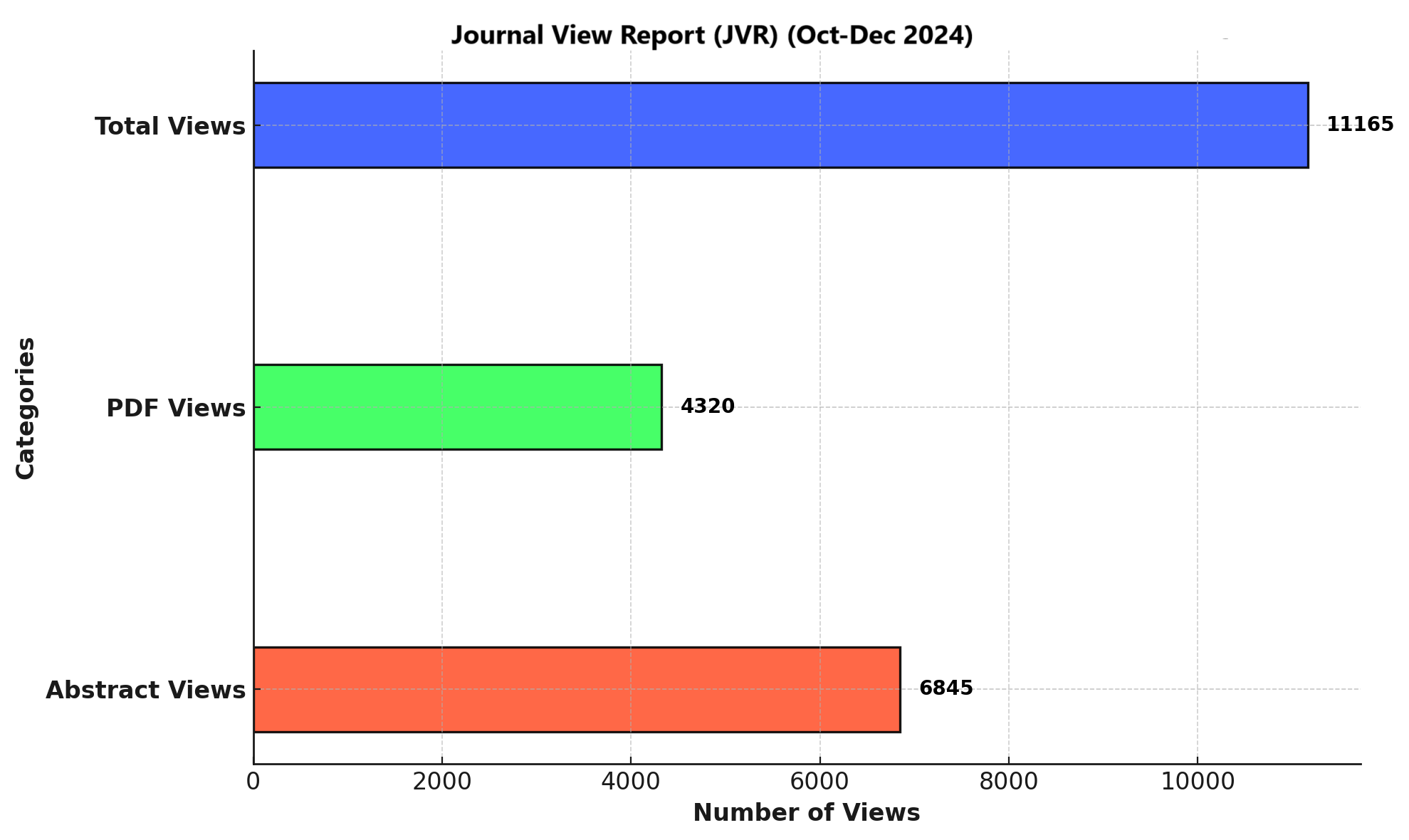ASSOCIATION BETWEEN ISCHEMIC STROKE AND HBA1C
DOI:
https://doi.org/10.71000/2qmqqm20Keywords:
Acute Ischemic Stroke, Diabetes Mellitus, Glycated Hemoglobin A, NIHSS, Prognostic Marker, Risk Factor, Stroke SeverityAbstract
Background: Ischemic stroke is a leading cause of morbidity and mortality, with diabetes mellitus recognized as a major risk factor. Glycosylated hemoglobin (HbA1c) serves as an indicator of long-term glycemic control and has been explored for its potential role in predicting stroke severity. Emerging evidence suggests an association between elevated HbA1c levels and increased stroke severity, highlighting its clinical significance. However, the strength of this correlation remains variable across different populations, necessitating further investigation into its prognostic value in acute ischemic stroke patients.
Objective: To determine the correlation between HbA1c levels and ischemic stroke severity using the National Institutes of Health Stroke Scale (NIHSS) and to compare the frequency of different HbA1c levels with stroke severity.
Methods: This descriptive study was conducted at the Department of Neurology, PIMS, Islamabad, from July 26, 2024, to January 25, 2025. A total of 70 patients aged 18–80 years diagnosed with acute ischemic stroke were included. Stroke severity was assessed using NIHSS, categorized as mild (≤7), moderate (8–16), and severe (>16). HbA1c levels were stratified into normal (<5.7%), intermediate (5.7–6.5%), and high (>6.5%). The association between HbA1c and stroke severity was analyzed using chi-square tests, while correlation strength was determined through Pearson’s correlation coefficient.
Results: The mean age of participants was 52.09 ± 5.73 years, with a male-to-female ratio of 3.67:1. Hypertension was present in 34.3% and smoking in 51.4% of patients. Elevated HbA1c (>6.5%) was observed in 11.4% of patients, while 21.4% had severe strokes. A statistically significant association was found between HbA1c and stroke severity (p = 0.001), with a moderately strong positive correlation (Pearson r = 0.339).
Conclusion: Higher HbA1c levels were significantly associated with increased ischemic stroke severity, emphasizing the importance of glycemic control in stroke prognosis. HbA1c is a valuable biomarker for assessing stroke severity and may aid in early risk stratification and targeted management of ischemic stroke patients.
Downloads
Published
Issue
Section
License
Copyright (c) 2025 Adeeb Hussain, Ahmed Hussain, Mazhar Badshah (Author)

This work is licensed under a Creative Commons Attribution-NonCommercial-NoDerivatives 4.0 International License.







